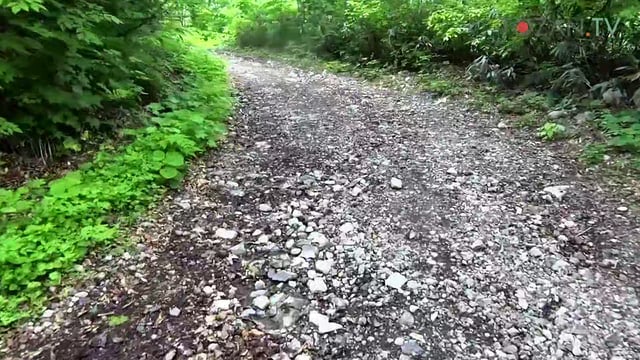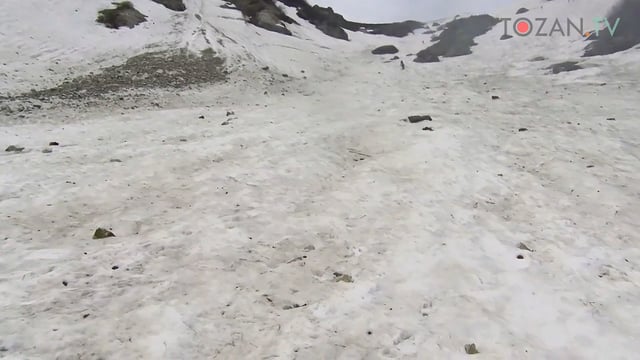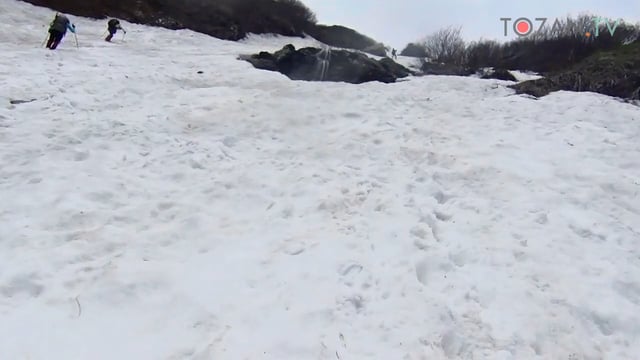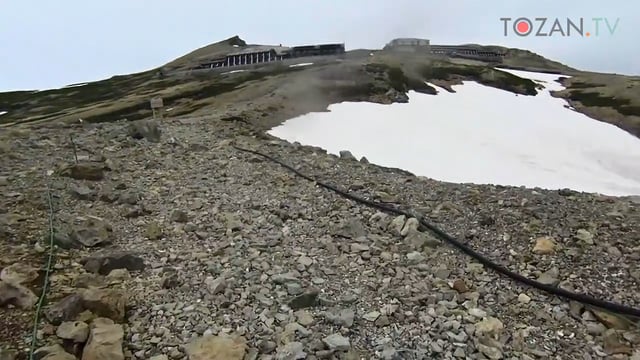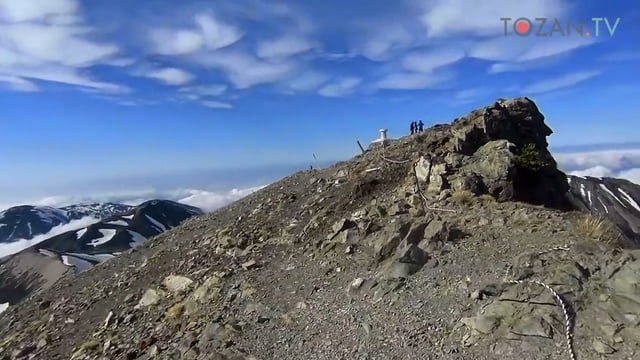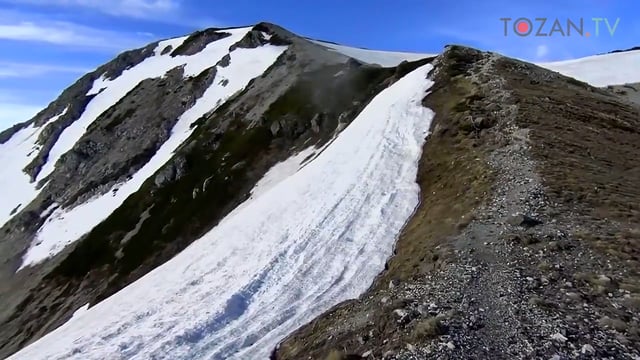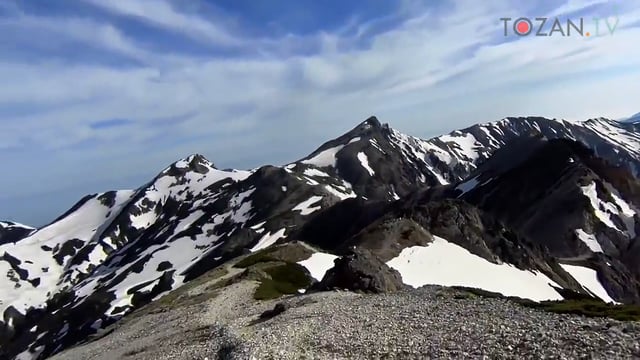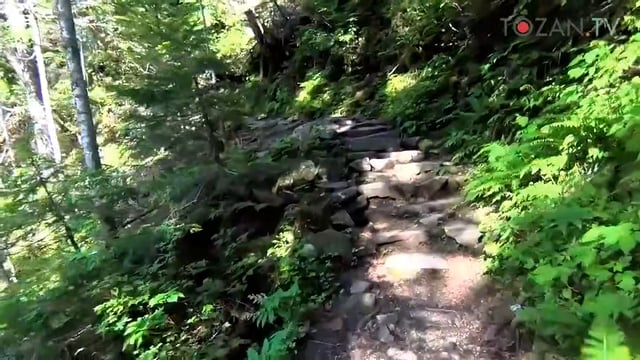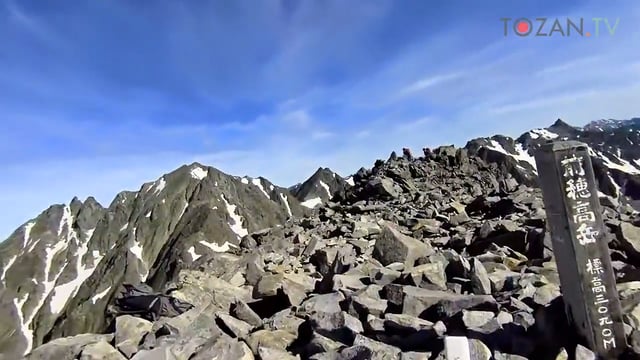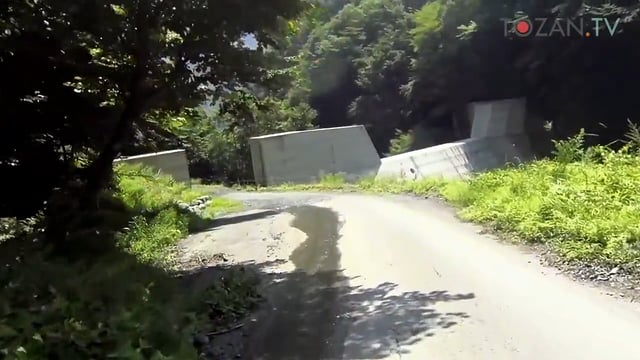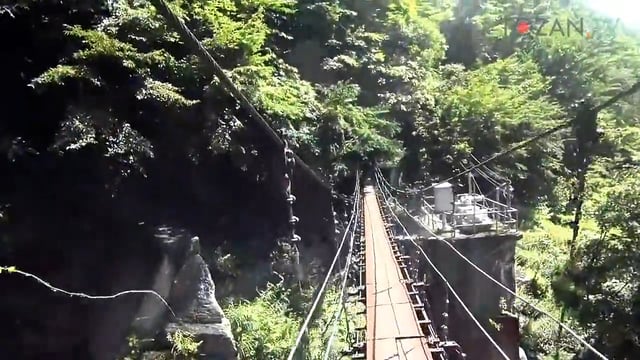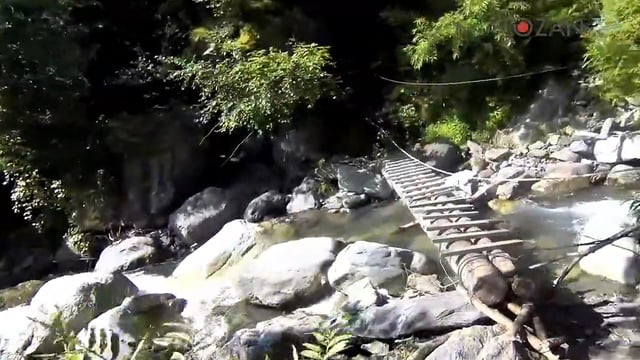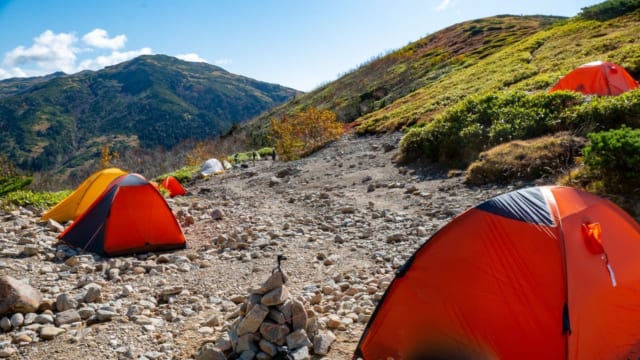| Time | Event |
|---|---|
| 00:10:06 | Mae-Tsurugi-no-mon (chain no.13) |
| 00:49:57 | reached Ippuku-Tsurugi |
From Heizou-no-zuko to Ippuku-Tsurugi
I kept me on my toes even when I passed by Kani-no-yokobai1. Around this area, the ascent and the descent is not same route. For example, Mae-Tsurugi2 will detour when descending. You might lack a feeling of tension when you passed by Ippuku-Tsurugi3, please keep your guard up until the Kenzan-sou4.
- 蟹のよこばい(かにのよこばい). "蟹" is the meaning of a crab. "たてばい" means crawling horizontally. The person who climb down Kani-no-yokobai looks as if a crab crawls horizontally. But its translation is vertically rather than horizontally. ↩
- 前剱(まえつるぎ). Mae-Tsurugi is one of the small peaks of Tsurugi-dake. "前" is the meaning of front and "剱" is the meaning of a sword ("剣" is used in general). ↩
- 一服剱(いっぷくつるぎ). Ippuku-Tsurugi is one of the small peaks of Tsurugi-dake. "一服" is the meaning of taking a rest (this word has a lot of meanings) and "剱" is the meaning of a sword ("剣" is used in general). ↩
- 剣山荘(けんざんそう). “荘” is the meaning of a hut. When we call a hut in Japanese, there are some variations of expression. "小屋(こや・koya/goya)", "山荘(さんそう・sanso)", "小舎(こや・koya/goya)", "ヒュッテ(ひゅって・hutte)", "宿舎(しゅくしゃ・shukusha)" and so on. They are all same meanings, the place where you can use for accommodation, but I think there is no obvious difference between them. ↩










